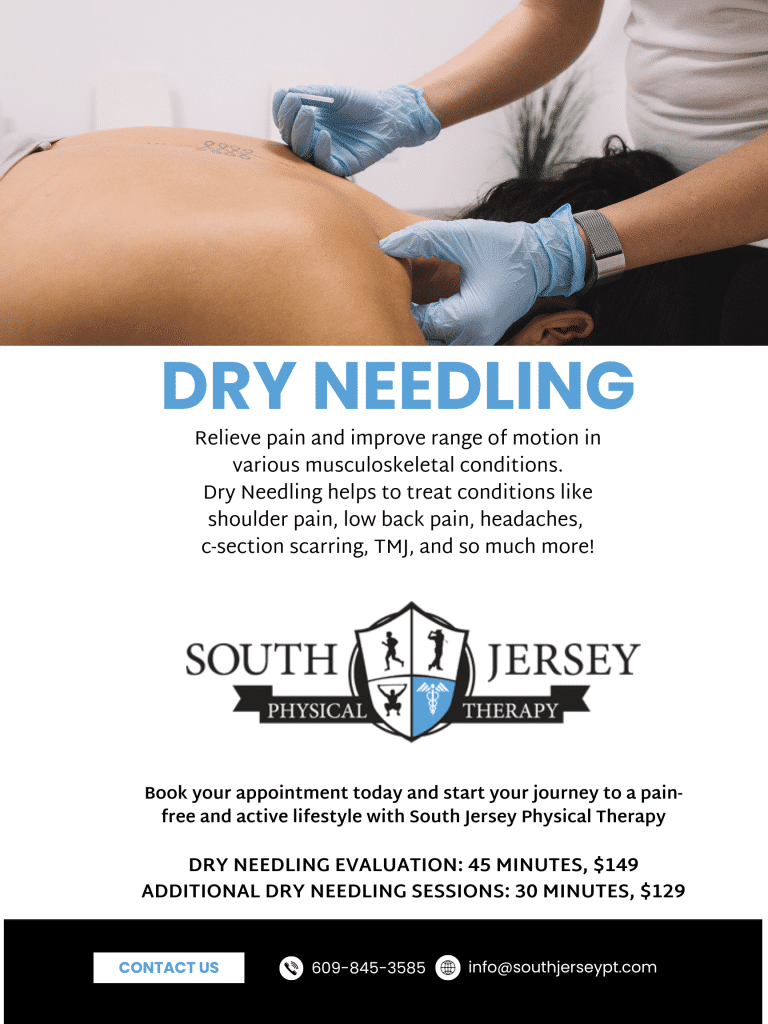Foot and ankle pain isn’t just uncomfortable—it can change the way you move, stand, and even participate in your favorite activities. Whether you’re an avid walker, a weekend athlete, or simply someone trying to get through the workday comfortably, recurring discomfort in your feet or ankles can feel frustrating and limiting.
At South Jersey Physical Therapy, we regularly meet people who’ve silently dealt with these issues for months, even years, thinking it was just a normal part of aging or an inevitable result of their lifestyle. But the truth is, there are identifiable, manageable reasons for this discomfort—and understanding the common causes of foot and ankle pain is the first step toward regaining comfort and confidence in movement.
Let’s break it down.
Understanding the Structure: Why Foot and Ankle Pain Is So Common
Your feet and ankles form the base of everything you do—from walking and running to standing and maintaining balance. Each foot has 26 bones, 33 joints, and over 100 muscles, tendons, and ligaments. That’s a lot of moving parts working together every day to support your entire body weight.
So when something’s not working right—whether it’s the mechanics, alignment, or tissue health—you’re going to feel it. And it’s not just about the foot or ankle. Often, issues in this area can affect the knees, hips, and lower back over time due to compensations.
Here are some of the most common causes of foot and ankle pain we see in our clinic.
1. Plantar Fasciitis
This is one of the most talked-about conditions—and for good reason. Plantar fasciitis involves inflammation or irritation of the thick band of tissue (plantar fascia) that runs along the bottom of your foot. It often causes stabbing discomfort near the heel, especially with the first few steps in the morning.
Why it happens: Overuse, poor arch support, tight calves, or even just standing for long hours on hard surfaces can contribute.
Management tip: Gentle stretching of the calves and plantar fascia, supportive footwear, and guided loading strategies from a physical therapist can help ease symptoms over time.
2. Ankle Sprains and Instability
Whether it was a sports injury or a quick misstep off the curb, ankle sprains are a leading cause of foot and ankle issues. What many people don’t realize is that even a “mild” sprain can lead to long-term instability if it doesn’t heal properly.
Why it happens: Ligaments in the ankle are overstretched or torn, typically from a twisting motion.
Management tip: Early movement-based rehab and balance exercises are key. Avoid the old “just rest it” mindset—appropriate loading actually helps healing.
3. Tendinitis or Tendinopathy
Achilles tendinitis (at the back of the ankle) and posterior tibial tendinopathy (along the inside of the foot) are common, especially in active adults. They tend to develop slowly and worsen with repetitive activity.
Why it happens: Repetitive strain, poor footwear, or sudden increases in activity levels.
Management tip: Rather than complete rest, a guided strengthening program helps the tendon gradually rebuild tolerance. Ice and compression may ease irritation, but long-term success often depends on proper loading.
4. Flat Feet or High Arches
Foot structure plays a big role in the way forces are distributed when we move. People with flat feet may overpronate, putting extra stress on joints and soft tissues. Those with high arches can struggle with shock absorption, leading to different types of stress.
Why it matters: Structural imbalances don’t always cause pain—but when combined with certain activities or footwear, they can become a major issue.
Management tip: A physical therapist can assess your movement and recommend targeted exercises or orthotics to improve support and alignment.
5. Arthritis
While arthritis is a natural part of aging for many, it doesn’t have to mean living with discomfort. It can affect the small joints of the foot and ankle and may lead to stiffness, reduced mobility, or swelling.
Why it happens: Degenerative changes in the cartilage or inflammation in the joint spaces.
Management tip: Low-impact strengthening, joint mobilization, and proper footwear can go a long way in helping people stay mobile and independent without relying on medication.
6. Nerve Irritation or Compression
Sometimes pain in the foot and ankle isn’t about the muscles or joints—it’s about the nerves. Conditions like tarsal tunnel syndrome (similar to carpal tunnel, but in the foot) or peripheral nerve irritation can lead to sensations like burning, tingling, or numbness.
Why it happens: Nerves may get compressed by tight tissues or inflamed structures.
Management tip: Gentle nerve glides, manual therapy, and changes in footwear or posture can often improve symptoms when addressed early.
7. Improper Footwear
You’d be surprised how often foot and ankle pain traces back to shoes. Narrow toe boxes, lack of support, or worn-down soles can all contribute to overuse injuries or postural stress.
Management tip: Not every foot needs the same type of shoe. A proper gait and footwear assessment can reveal what your body truly needs.
What Should You Do Next?
If you’re noticing consistent discomfort in your feet or ankles, the worst thing you can do is ignore it. The body always gives us signals—and the earlier we respond, the more options we have for effective and conservative management.
Understanding the common causes of foot and ankle pain is a valuable first step, but it’s not the last. Every person’s movement, lifestyle, and goals are different, which is why personalized care is so important.
At South Jersey Physical Therapy, we take the time to listen, assess thoroughly, and guide you through a plan that fits you—not a generic template. Our goal is to help you move better, feel stronger, and stay active in the ways that matter most to you.
Ready to Get Back on Your Feet?
If foot or ankle discomfort is holding you back, let’s talk. We offer FREE Discovery Visits so you can meet with a member of our team, ask questions, and explore your options—no pressure, no obligations.
Call (609) 845-3585 or click here to schedule your free discovery visit!
Let’s help you feel steady, supported, and confident again—starting from the ground up.
More free resources:
Download our free report: Foot Pain, Ankle Pain South Jersey Hainesport, NJ | South Jersey Physical Therapy
See what our clients are saying: South Jersey PT Reviews | Client Testimonials in Hainesport, NJ
Learn more about Dr. Ken Cheng: Meet the Owner of South Jersey PT | Dedicated to Your Recovery



